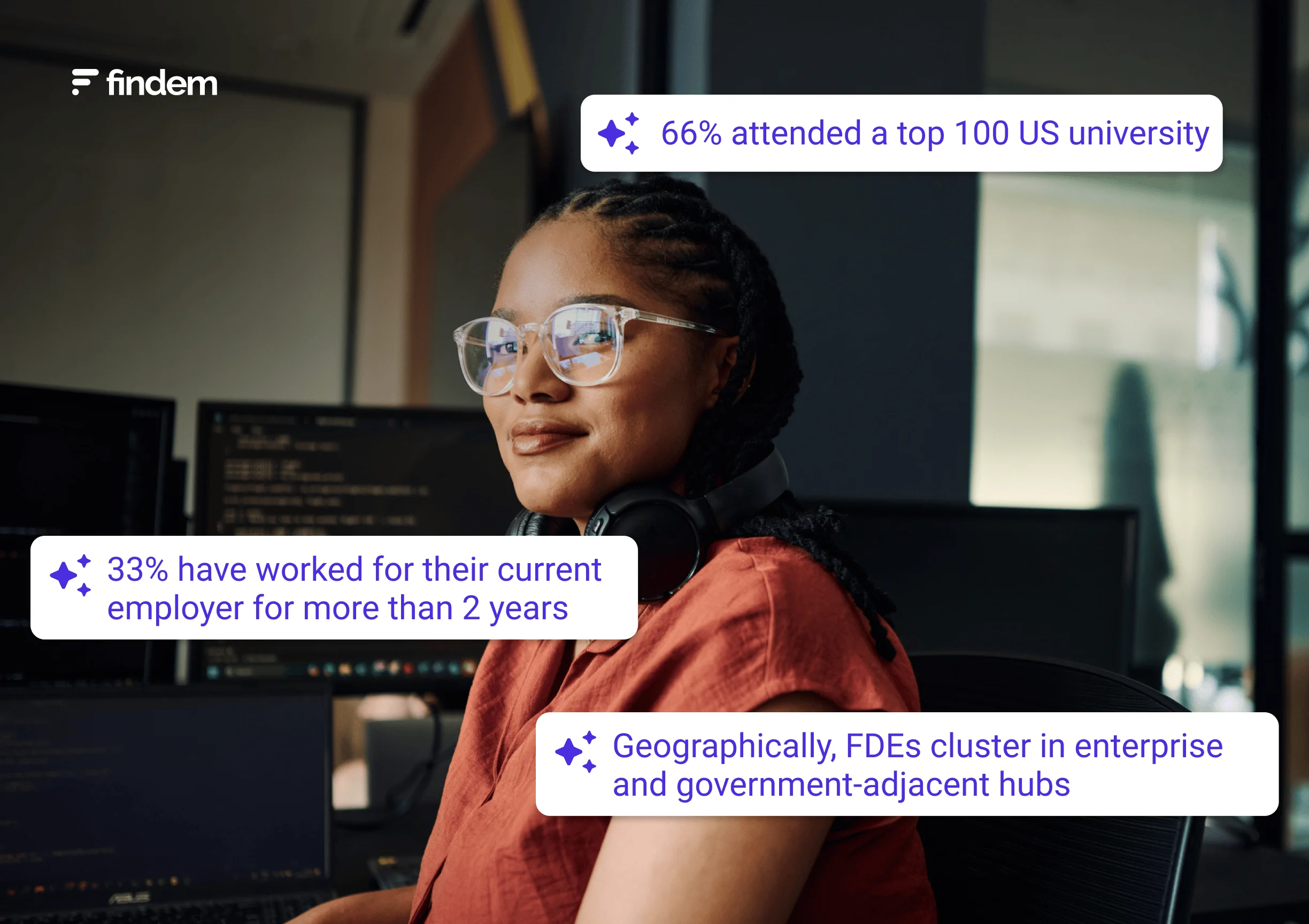.svg)
2022 predictions: What’s in the future for talent acquisition and HR?
.svg)

If there’s one thing that most of us predicted correctly last year, it’s that 2021 would be a year of sustained uncertainty and change. HR has endured some of the most change, with virtual hiring and remote work becoming the new standards, and millions of Americans shuffling jobs as new priorities around how they live and work come to the forefront.
From internal sourcing to work-share arrangements to new applications for HR technology, the traditional ways that we recruit, hire and work are bound for continued change in the coming year. Here are three trends that I expect we’ll see more of in 2022.
Upskilling and sourcing for internal mobility
With the shuffling of workers amid the Great Resignation, companies are bleeding time and money trying to fill deserted roles with new talent. However, for a large number of them, the solution to their talent problems is right in front of their noses – their current workforce.
In the coming year, internal hiring is poised to make a comeback by necessity, but also brings with it a wave of benefits. Bersin’s High-Impact Talent Acquisition research reveals that high-performing companies—those that exhibit higher revenue and profitability—recognize existing employees as strategic resources and cultivate talent from within.
Over the past two years, we’ve seen more industries placing a sharper focus on upskilling and reskilling as a means to improve the employee experience. This will continue in 2022, but with a succinct plan and set of processes intended to chart a path for internal mobility. Employers have come to understand that learning is tied to retention, and rethink how they treat it as a tool for business growth.
More investments will be made in training, as well as supporting talent mobility at the leadership and operational levels. Talent acquisition leaders will work hand in hand with managers to understand their requirements and the attributes needed for success, and prioritize sourcing from their internal talent pools. As internal recruiting becomes more widespread, larger companies will start leaning more into workforce and people analytics to identify top-performers, as well as employees ripe for upskilling and reskilling.
Recruitment analytics turn to the talent funnel
In a recruitment technology study we conducted earlier this year, 74% of talent leaders reported that they’re doing more passive recruiting than they were a year earlier—a process that can take upward of 20 hours over several weeks to fill a single role. In a recruitment market that’s only set to grow fiercer in the coming months, companies can’t afford to lose top talent at any time, but much less when sourcing new employees is so difficult.
This underscores how critical it is to nurture candidates, passive or not, once they enter the talent funnel. The catch is that talent acquisition leaders often lack the information that shows them what’s proving effective in engaging candidates and where they’re misstepping and losing them. However, detailed recruitment analytics can help them fill in the blanks. Regularly applying analytics to the talent acquisition funnel will help talent executives understand where candidates are dropping out of the hiring process and assess their funnel's performance over time. With that data in their hands, better decisions can be made around ways to optimize the process and get a leg up on hiring the best talent.
Job sharing becomes more pervasive
Many employees and potential employees demand flexibility, yet don’t want to go less than part time or leave a job they enjoy. Enter job sharing—a flexible work arrangement where two employees share the load of a full-time job. Through job sharing, employers gain the benefit of more diverse skills and viewpoints being brought to a position, in addition to better coverage of absences and higher retention rates. Employees get to experience more work-life balance and gain the opportunity to experiment in other areas of their field.
During the 2020 economic downturn resulting from the recession, job sharing was seen as an approach that could curtail layoffs when employees’ hours had to be cut. In 2022, it’ll be more of a perk to drive retention. Today, 26 states have operational job-sharing programs in place, and economists are proposing that Congress pass legislation that requires states to have a job-sharing program in place as part of their UI systems. As we move toward a more flexible work model, job sharing will be something we see more of.
Expectations around the employer-employee relationship changed significantly in 2021, driven by shifting ideas around approaches to work, as well as the fallout from the pandemic. In 2022, expect dynamics to evolve even more and technology to play an even bigger role in helping HR and people teams adjust to the new normal.










